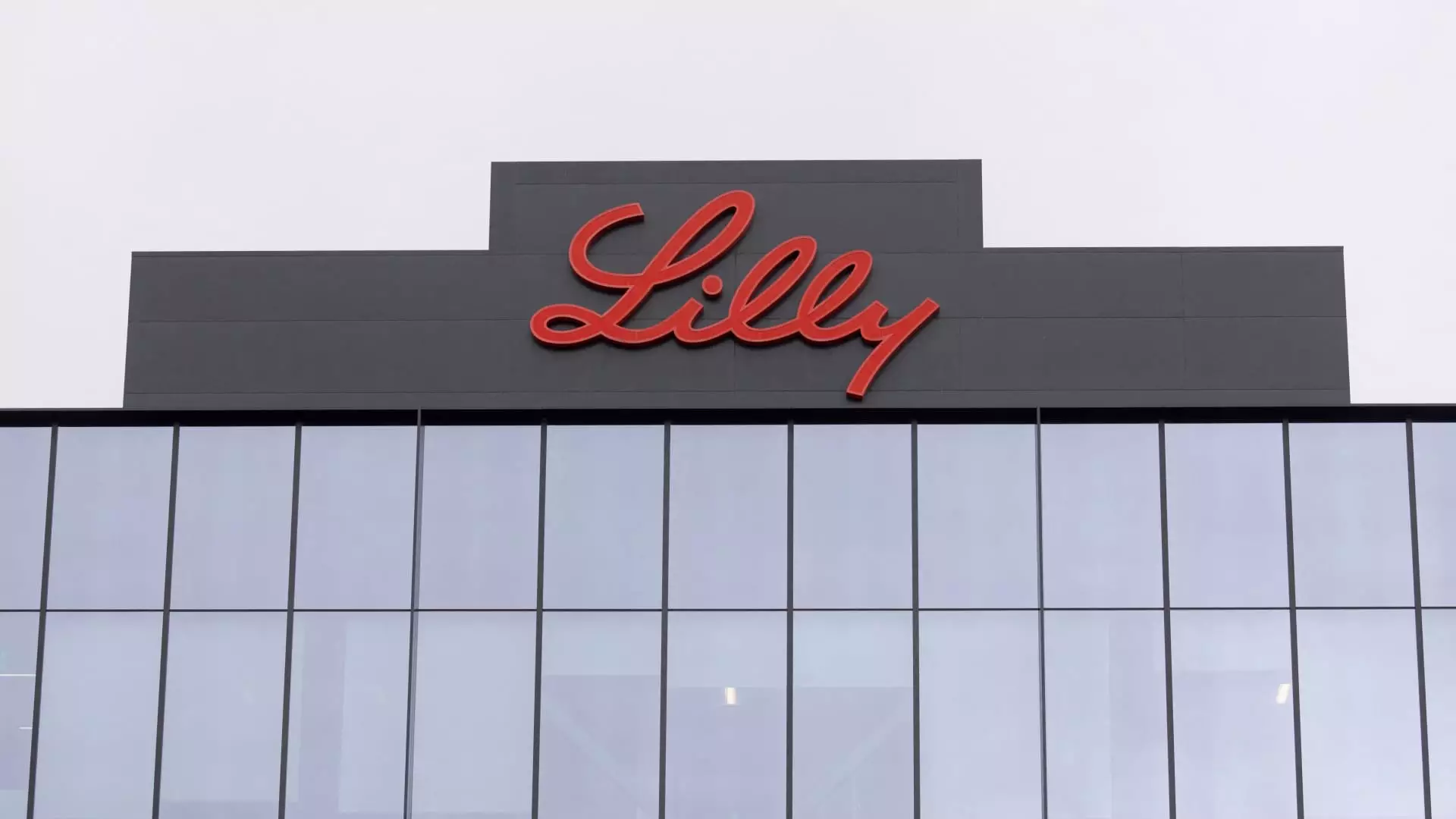The pharmaceutical industry is notorious for its volatility, and Eli Lilly’s recent financial report illustrates just how swiftly fortunes can shift. The company confronted significant hurdles in the third quarter, leading to a revised profit outlook and shedding light on broader trends within the market. This analysis delves into Eli Lilly’s recent challenges amidst the competitive landscape, including its blockbuster treatments, manufacturing capacity issues, and the ramifications of evolving regulatory environments.
In a surprising turn, Eli Lilly announced that its profits and revenues for the third quarter of this year fell short of Wall Street’s expectations. The company’s stock took a substantial hit, plummeting by 10% in premarket trading as investors reacted to the disappointing figures. The latest earnings report revealed that adjusted earnings per share for the quarter were $1.18, falling short of the anticipated $1.47, while revenue reached only $11.44 billion compared to expectations of $12.11 billion.
Furthermore, the company’s updated guidance painted a worrying picture for its future. Eli Lilly now predicts adjusted earnings of between $13.02 and $13.52 per share, a significant drop from the earlier expectation ranging from $16.10 to $16.60. The firm’s revenue forecast also took a hit, with anticipated sales now set between $45.4 billion and $46 billion—down from a previous high of $46.6 billion. Such shifts reflect not only internal miscalculations but also the broader impact of market dynamics on its flagship products.
At the heart of Eli Lilly’s financial woes are its leading weight loss drug, Zepbound, and its diabetes treatment, Mounjaro. Despite Zepbound’s significant market entry, the drug tallied only $1.26 billion in sales, starkly lower than the expected $1.76 billion. Mounjaro, while showing growth to $3.11 billion, still fell short of the anticipated $3.77 billion. These underwhelming sales figures have raised questions about demand levels and the resonance of these treatments among consumers.
Demand for both drugs had previously outstripped supply, pushing Eli Lilly to ramp up its manufacturing abilities. Fortunately, supply chain issues began to resolve earlier this year, yet sales were still negatively affected by decreasing inventories among wholesalers. CEO David Ricks emphasized that supply was not the primary issue this quarter, but inventory management practices were affecting sales outcomes.
As Eli Lilly navigates these challenges, it faces fierce competition from rivals like Novo Nordisk, whose stock also took a dip following Lilly’s report. The ongoing race to dominate the incretin drug market has pushed both companies to invest heavily in expanding their manufacturing capabilities. With both Zepbound and Mounjaro mimicking gut hormones to regulate appetite and blood sugar, market competition remains fierce.
Furthermore, the FDA’s decision to rescind the shortage status for tirzepatide, the active ingredient in both of Eli Lilly’s blockbuster products, has reignited debates with compounding pharmacies. These pharmacies, often providing customized and cost-effective alternatives to branded drugs, are calling for the FDA to reconsider its ruling, pressuring Eli Lilly and its competitors to protect their market shares while combating unapproved alternatives.
Despite the current setback, Eli Lilly is optimistic about the future, expecting its production of incretin drugs to increase by 50% in the second half of 2024 compared to the previous year. Ricks has articulated a strategy that includes a long-term vision for significantly enhanced manufacturing capabilities by the end of 2025. He indicated that advertising efforts for Zepbound will begin in November, a move that aims to rekindle interest in the medication.
However, it remains to be seen whether these efforts can effectively counter the current negative trends. Investors and analysts alike will be watching closely as Eli Lilly ramps up its promotional strategies and works to meet consumer demand amid market pressures. The company’s journey ahead will undoubtedly involve facing the realities of competitive pricing, customer satisfaction, and navigating a complicated regulatory landscape.
While Eli Lilly has experienced notable advancements in the development and rollout of its innovative therapies, current financial reports signal a period of reflection and strategic pivots to ensure that the company can regain its footing in a challenging environment. The next phases of their operations will be critical not only for their own future but for the broader pharmaceutical landscape they are a part of.

